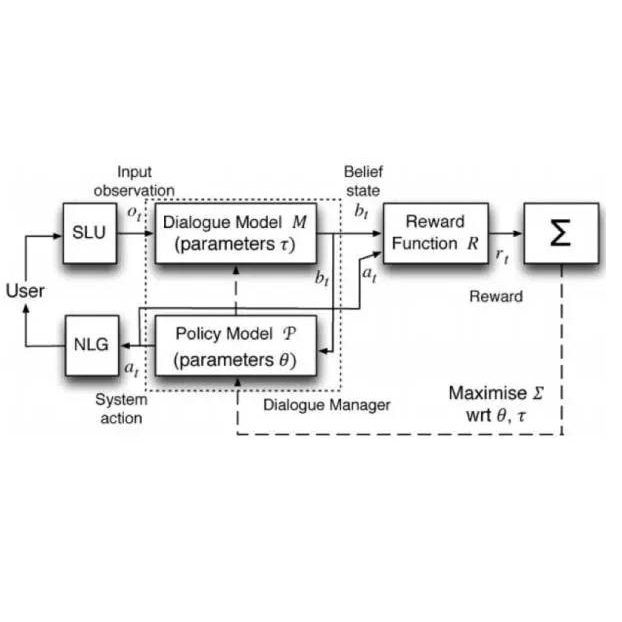
Robots operating in human spaces must be able to engage in natural language interaction with people, both understanding and executing instructions, and using conversation to resolve ambiguity and recover from mistakes. To study this, we introduce TEACh, a dataset of over 3,000 human--human, interactive dialogues to complete household tasks in simulation. A Commander with access to oracle information about a task communicates in natural language with a Follower. The Follower navigates through and interacts with the environment to complete tasks varying in complexity from "Make Coffee" to "Prepare Breakfast", asking questions and getting additional information from the Commander. We propose three benchmarks using TEACh to study embodied intelligence challenges, and we evaluate initial models' abilities in dialogue understanding, language grounding, and task execution.
翻译:在人类空间运作的机器人必须能够与人进行自然语言互动,包括理解和执行指示,并利用对话解决模糊问题和从错误中恢复过来。为了研究这一点,我们引入了TEACh, 这是一个包含3,000多个人与人之间的互动式对话的数据集,以完成模拟中的家庭任务。拥有关于一项任务与自然语言与追随者沟通的甲骨文信息的指挥官。跟踪者通过并与环境互动,以完成从“制造咖啡”到“准备早餐”等复杂任务,询问问题并从指挥官那里获取更多信息。我们建议使用TEACh来研究包含智能挑战的三个基准,我们评估初步模型在对话理解、语言定位和任务执行方面的能力。




